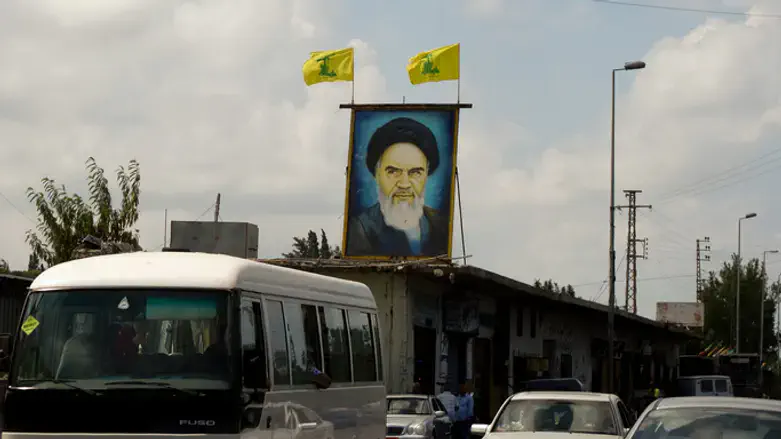by Israel National News
Although the IDF has carried out hundreds of strikes in Lebanon against Hezbollah’s rehabilitation, Hezbollah is still renewing its strength in southern Lebanon.
 |
| Hezbollah in Lebanon iStock |
The Alma Center for the Study of the Northern Arena today (Thursday) published a comprehensive report marking one year since the ceasefire between Israel and Hezbollah came into force.
The report shows that despite the agreement, Hezbollah continues extensive rearmament, while the IDF attempts to prevent its reestablishment in southern Lebanon.
According to the data, over the past year the IDF carried out 669 airstrikes across Lebanon, an average of about 51 strikes per month. Forty-seven percent of the strikes took place south of the Litani, 38.4% north of it, 13% in the Bekaa area and only 1.6% in the city of Beirut. Among the targets were terror infrastructure, civilian sites contributing to military rehabilitation, and senior operatives.
218 Hezbollah members were killed - 107 south of the Litani, 74 north of it, and 46 of them belong to the elite Radwan unit. Among the dead were members of other organizations including Hamas, Amal, Jemaah Islamiyah, and the PLO. The most notable killing was of Haythem Ali Tabatabai, Hezbollah’s chief of staff, in a strike in Beirut this week.
At the same time, the IDF carried out more than 1,200 ground raids along the border. Among the targets were villages such as Aitaroun, Adaiseh, Houla, Meys al-Jabal and Aita ash-Shaab. The aim was to prevent Hezbollah’s return to areas vacated during the fighting.
Despite the countermeasures, Hezbollah is still investing in the rehabilitation of infrastructure in southern Lebanon. Its efforts include weapons smuggling from Iran and Syria, the establishment of new production lines, restoration of arsenals, and the development of advanced UAV and precision rocket capabilities. According to the report, many civilian infrastructures such as quarries and concrete plants are integrated into the activity.
The report notes that the Lebanese army is struggling to contend with Hezbollah’s strengthening due to political, demographic, and bureaucratic constraints. Although Lebanon declared the demilitarization of its south, there is no evidence of this in practice

Analysis of recent intelligence shows that Hezbollah is reestablishing itself in the areas of Aitaroun, Aita ash-Shaab, Bint Jbeil, Zebqin, Tyr Harfah and Naqoura. The Nabatieh area and east of it also suffered frequent strikes - over 50 in the year.
Trends in the killings indicate an increase from March, with a peak in July (30 killings), a drop in August - likely due to visits by senior U.S. officials - and a further rise from September.
"Hezbollah’s reconstruction is not only a logistical process but an ideological one. Armed resistance is part of the organization’s DNA, and therefore the response must be broad - cognitive, economic, political and intelligence-based, and not only military." said the Alma Center.
The report also stresses that Israel pursues a policy of selective strikes, precision assassinations, and the use of airpower, but that extensive diplomatic activity is also required with the U.S., Europe, and Arab states in order to isolate Hezbollah and reduce its freedom of action.
Israel National News
Source: https://www.israelnationalnews.com/news/418457
No comments:
Post a Comment